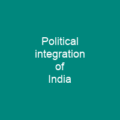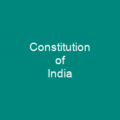Tripura is the third-smallest state in India. It is bordered by Bangladesh to the north, south, and west, and the Indian states of Assam and Mizoram to the east. In 2011 the state had 3,671,032 residents, constituting 0. 3% of the country’s population. Tripura is one of the most literate states in India with a literacy rate of 87. 75%.
About Tripura in brief

At various times, the borders of the kingdom reached the south to the jungles of Sundarbans on the Bay of Bengal; east to Burma; north to the boundary of Kamuparupa kingdom. The name Tripura may reflect vicinity to the sea; the boundaries of Tripra Kingdom extended from the Garo Hills of Meghalaya to Arakan, the present Rakhine State of Burma; so the name may reflect nearby vicinity of the sea. There is no evidence of lower or middle Paleolithic settlements in Tripura, but Upper Paleolithic tools made of fossil wood have been found in the Haora and Khowai valleys. However, it is unclear whether the extent of modern Tripura is coterminous with Kirat Desh. The Mughals had a influence over the Tripuri kingdom, although their rule never extended to the hill regions, although the appointment of a Tripuri prince became a Tripura prince in the 17th century. There are alternative theories regarding the origin of the name Tripra, including a possible Sanskritic folk etymology of a Tibeto-Burman name. The Tripuri Kingdom joined the newly independent India in 1949, but it is not known when this date was. The boundaries of the kingdoms have changed over the centuries, but their influence has never extended beyond the plains, although it is believed to have been in the 15th century onwards.
You want to know more about Tripura?
This page is based on the article Tripura published in Wikipedia (as of Nov. 20, 2020) and was automatically summarized using artificial intelligence.







